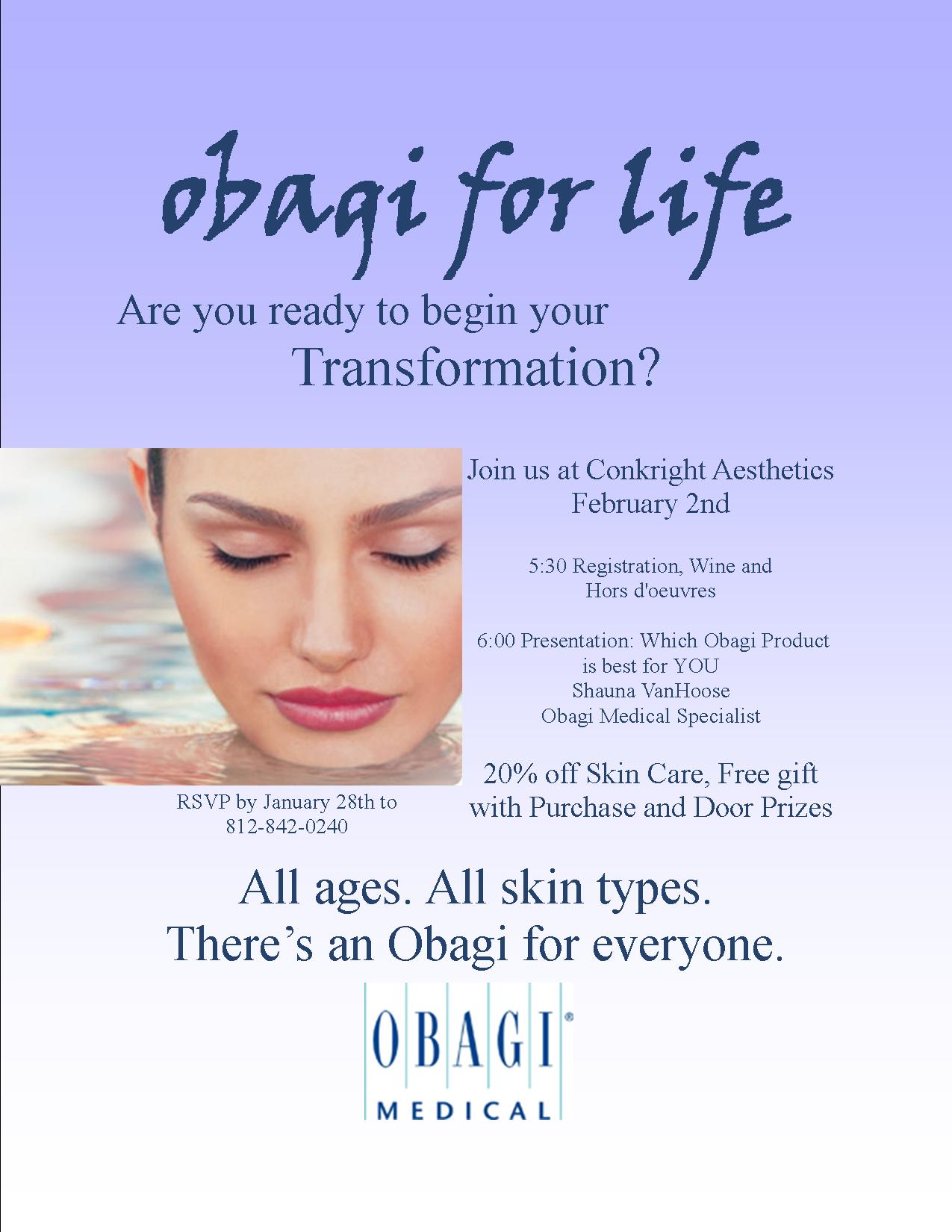A Letter from Dr. Conkright
“Breast Implant Safety”
Breast implants have been in constant use since the 1960’s.Since that time they have been continuously studied, tested, and improved.Their use has provided many significant benefits for women.Breast implants have made it possible for surgeons to restore women disfigured by breast cancer, giving them a chance to be whole again.They are used to correct congenital deformities of the breast and to restore otherwise normal breasts damaged by the effects of age and pregnancy. Numerous studies have documented the wonderful benefits that breast implants have made possible for women of all ages. The satisfaction ratio among patients has been extremely high!
Benefits are always weighed against risks, and surgeons and implant manufactures always consider safety. Breast implants are among the most intensely and thoroughly studied medical devices in existence with thousands of peer-reviewed and published reports on studies including robust epidemiological studies supporting their safe use. In January of this year, as part of their ongoing research, the U.S. Food and Drug Administration (FDA) requested the aid of healthcare providers and implant manufacturers in evaluation of an extremely rare form of lymphoma. Anaplastic Large Cell Lymphoma (ALCL) is known to occur in 1 in 500,000 women in any given year in the United States. This is among all women (not necessarily having implants) and total only about 300 cases a year. The mortality rate among this group of women is very low.In the 55 years that breast implants have been in use, a maximum of 60 women were identified who were found to have a relatively benign form of ALCL that occurred in the scar tissue around a breast implant.Most of these women presented with localized breast complaints developing years after their surgery.Note that this is not a form of breast cancer. The majority of these women were treated with implant and or scar capsule removal. There were no reported mortalities.
The recent FDA preliminary findings and analysis report noted a “possible” association between anaplastic large cell lymphoma (ALCL) and breast implants.
The report notes:
-ALCL is extremely rare… may have a very small but increased risk of developing this disease in the scar capsule adjacent to the implant. Based on available information it is not possible to confirm with statistical certainty that breast implants cause ALCL. At this time, data appears to indicate that the incidence of ALCL is very low, even in breast implant patients.
-ALCL in women with breast implants is a very rare condition; when it occurs, it has been identified most frequently in patients undergoing implant revision operations for late onset persistent seroma. The FDA does not recommend prophylactic breast implant removal in patients without symptoms or other abnormalities. Because the risk of ALCL appears very small, the FDA believes that the totality of evidence contains to support a reasonable assurance that FDA-approved breast implants are safe and effective when used as labeled.”
Statistical Perspective
The FDA has identified a maximum of 60 cases of possible breast implant related ALCL throughout the entire world.These cases have been reported over a span of 25-40 yrs.The total number of implant patients worldwide is estimated to be as many as 10 million.This data suggests that if there is an association then the reported incidences could be 1 case of ALCL/166,667 implant patients.
-contrast the fact that 1 in 9 women will develop a breast cancer in their lifetime. Approximately 3 in 100 million women per year are diagnosed with ALCL of the breast.
-In my home of Vanderburgh County the yearly breast cancer ratio is 834/174,729 per population.
The chance of dying in a motor vehicle accident is 10/100,000 per year.
Consider that a plastic surgeon performing one breast implant surgery every working day would have to work for 750 years to see a case of breast related ALCL. These statistics suggest that this connection; if it exists is not of any real significance.
In Summary: I am in agreement with the FDA, The American Society of Plastic Surgeons, and The American Society for Aesthetic Surgery in the view that “Breast implants are the most studied device in medical history. As physicians, our primary commitment is providing safe and effective patient care. We share in the commitment to continued device evaluation and monitoring.”
Current Recommendations for Women: ASAPS recommends that all women including those with breast implants should follow their normal routine in medical care and follow-up, specifically regular self examination and mammography when appropriate. Any woman should watch for changes in her breasts such as pain and swelling and contact her physician if she has any questions. Further information can be found on www.breastimplantsafety.org
Helpful Links: Aesthetic Society Position




